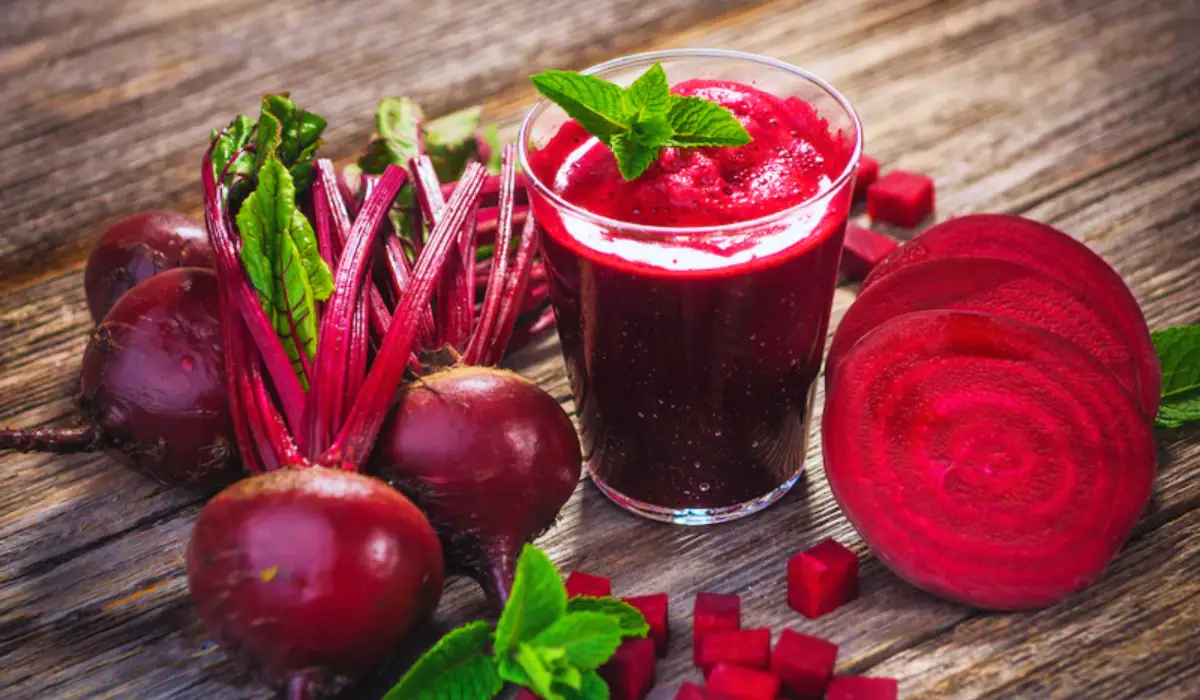When it comes to several health issues including cardiac health, the role of Nitric oxide happens to be a very important one in general. Not only that, a great many other physical issues are addressed as well with the use of Nitric oxide. Thankfully Nitric Oxide is produced organically by the human body only but how does Increase Nitric oxide? The following post will deal with that matter.
Tips To Boost Nitric Oxide
Consume Nitrate-Rich Foods: The Foundation of Nitric Oxide Production
Nutritional nitrate is a precursor to the vital signaling molecule nitric oxide. Beets, arugula, and spinach are rich in nitrate. These high-nutrient foods turn nitrate into nitrite, which becomes nitric oxide. Greens like spinach and arugula increase nitrate intake. Beets and other root vegetables are good sources of this nitric oxide precursor. These foods quickly convert nitrate into nitrite, increasing nitric oxide production.

Nitric oxide levels rise naturally with a diverse nitrate-rich diet. Blood flow and cardiovascular function improve with nitric oxide vasodilation, which provides health benefits. Optimal nitric oxide levels boost cognition, activity, and well-being.
Engage in Regular Exercise
Physical activity improves health and nitric oxide production. Cardiovascular exercise like running and cycling increases nitric oxide, a vital signaling molecule. Exercise generates nitric oxide, which has several health benefits. Nitric oxide levels rise after exercise due to physiological reactions. Increased nitric oxide increases blood circulation and tissue oxygenation. Improved blood flow is crucial for heart health.
Sunlight Exposure
Sunlight synthesizes vitamin D and controls nitric oxide. New research shows sunlight releases skin nitric oxide. The sun-nitric oxide interaction is interesting and health-threatening. Vitamin D, which has several health benefits, is synthesized by sunlight. Sunlight produces vitamin D, which boosts bone health and nitric oxide. Sunlight, vitamin D, and nitric oxide are linked, therefore balanced solar exposure is important.
For maximum vitamin D and nitric oxide synthesis, get 15-30 minutes of sunlight several times a week. Using morning or late afternoon can enhance benefits and limit risks of lengthy exposure.
Incorporate Nitric Oxide-Boosting Supplements
Nitric oxide can be increased by citrulline and beetroot extract. Watermelon contains citrulline, an amino acid that precedes the arginine required to create nitric oxide. Citrulline supplements may boost nitric oxide production, supporting several physiological processes.
Another good choice is nitrate-rich beetroot extract. Beetroot extract nitrates increase nitric oxide production, research finds. Nitric oxide rise from beetroot extract makes it enticing to exercisers.
Citrulline and beetroot extract may benefit, although supplementation should be cautious. Before taking these or other supplements, consult a doctor. Their counsel can help you choose supplements that meet your health demands and potential ailments, reducing adverse effects.
Maintain Optimal Hydration
Hydration is essential to the body’s delicate nitric oxide balance yet often disregarded. Dehydration impairs nitric oxide biosynthesis and bioavailability. Hydration is crucial to wellness. Nitrate-to-nitric oxide conversion slows with limited water intake.
Nitrate, present in vegetables and other foods, precedes nitric oxide. Since this conversion mechanism is less successful, dehydration may lower nitric oxide levels. Eight glasses of water a day boosts nitric oxide production and well-being. This baseline guides nitric oxide-balancing hydration. When exercising or hot, the body requires more water. Change water intake to stay hydrated and enhance nitric oxide generation.
Hydration and nitric oxide benefits depend on daily water intake. Nitrate to nitric oxide is converted by hydration, increasing cardiovascular function and health. Water is essential to nitric oxide balance, so drink it daily. Drink at least eight glasses of water each day, changing during exercise or heat, to stay hydrated and enhance nitric oxide production. Hydration is an easy approach to boost nitric oxide and wellness.
Prioritize Adequate Sleep
Sleep quality affects nitric oxide generation, which is vital to health. Deep sleep when the body restores and regenerates shows the link between sleep and nitric oxide. Restful sleep is needed to maintain this delicate balance and optimize nitric oxide.
Poor sleep quality can disrupt nitric oxide synthesis’ delicate equilibrium. Disorders may diminish nitric oxide levels, impairing physiological activities. Quality sleep is needed to sync sleep cycles and nitric oxide release.
Sleeping 7-9 hours each night is recommended for adults. This time involves many sleep stages, including deep sleep essential for nitric oxide release and another repair. Follow this sleep length guideline to enhance nitric oxide release and health benefits.
Manage Stress
Chronic stress’s domino effect on nitric oxide synthesis harms cardiovascular health. Stress hormones from the sympathetic nervous system decrease nitric oxide production. It disrupts the delicate cardiovascular equilibrium. The “fight or flight” sympathetic nervous system overactivates after prolonged stress.
Hyperactivity blocks nitric oxide synthesis with cortisol and adrenaline. Nitric oxide regulates blood vessel function and vasodilation, therefore a deficit can affect cardiovascular health. Chronic stress damages nitric oxide, thus everyday stress-reduction is essential. Using concentrated attention, mindfulness meditation balances sympathetic and parasympathetic nerves.
A regulated and concentrated deep breath helps soothe the nervous system and reduce tension. Yoga holistically manages stress through postures, breath control, and meditation. These methods reduce stress and restore health for optimal nitric oxide levels.
Conclusion
A great many factors should be considered when it comes to increasing nitric Oxide. Proper customization of lifestyle, diet, and physical exercise all contribute to a significant level in this case. Consulting a healthcare expert and taking the necessary guidance might be a good start in this matter.
References
- Maiorana A, O’Driscoll G, Taylor R, Green D. Exercise and the nitric oxide vasodilator system. Sports Med 2003;33:1013-35. https://doi.org/10.2165/00007256-200333140-00001 10.2165/00007256-200333140-00001 [CrossRef]
- Jones AM, Vanhatalo A, Seals DR, Rossman MJ, Piknova B, Jonvik KL. Dietary nitrate and nitric oxide metabolism: mouth, circulation, skeletal muscle, and exercise performance. Med Sci Sports Exerc 2021;53:280-94. https://doi.org/10.1249/MSS.0000000000002470 10.1249/MSS.0000000000002470 [PubMed]